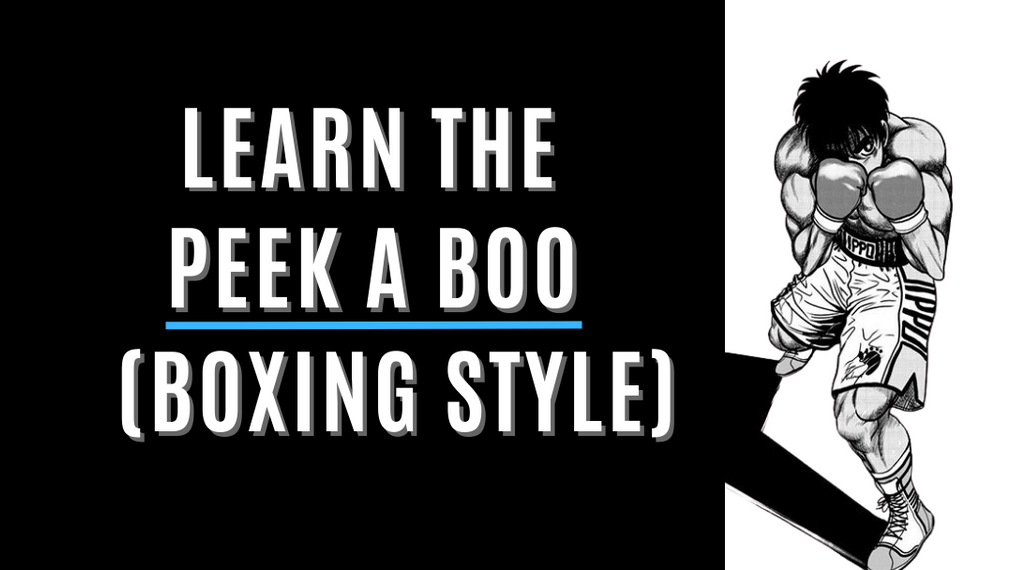

The world of boxing has witnessed a multitude of fighting styles that have left an indelible mark on the sport's history. Among these, the Peek-A-Boo style stands out as an iconic and formidable technique, renowned for its defensive prowess and unique approach to offense. Originating from the early to mid-20th century, this style has been immortalized by legendary boxers and has left an enduring impact on the sport.
The Peek-A-Boo style is credited to the innovative mind of legendary trainer Cus D'Amato. D'Amato, a visionary boxing tactician, developed this style as a defensive strategy to counteract opponents' attacks while creating openings for effective counterpunching.
The foundation of the Peek-A-Boo style lies in its defensive principles. Boxers employing this technique typically keep their gloves close to their cheeks, resembling a peek-a-boo motion, hence the name. This defensive posture aims to protect the head and torso while allowing for swift movements and quick defensive maneuvers.
The footwork associated with this style involves a constant shifting of weight, enabling boxers to move dynamically, bobbing and weaving to evade incoming punches. By utilizing head and body movement, practitioners of this style seek to frustrate opponents, making it challenging for them to land significant blows.
One of the most iconic figures associated with the Peek-A-Boo style is none other than the enigmatic Mike Tyson. Trained under Cus D'Amato, Tyson epitomized the essence of this technique during his dominant reign in the late 1980s. His lightning-fast head movements, aggressive approach, and devastating power punches showcased the effectiveness of the Peek-A-Boo style.
Another influential boxer who utilized the Peek-A-Boo style was Floyd Patterson. As one of D'Amato's early proteges, Patterson's skillful execution of this technique earned him the distinction of becoming the youngest heavyweight champion in history at that time.
The Peek-A-Boo style, with its emphasis on defense, counterpunching, and relentless pressure, has left an indelible mark on the sport of boxing. Its influence can be seen in the techniques and strategies adopted by numerous boxers across different weight divisions.
The defensive prowess of this style, coupled with the ability to swiftly transition from defense to offense, has proven to be a valuable asset for many boxers. It has inspired trainers and fighters alike to incorporate elements of the Peek-A-Boo style into their training regimens, recognizing its effectiveness in modern-day boxing.
Despite its historical significance, the Peek-A-Boo style has undergone adaptations and variations over time, integrating elements from other boxing styles. However, its core principles of defensive maneuvering, bobbing, weaving, and aggressive counterpunching remain an integral part of boxing lore.
In the annals of boxing history, the Peek-A-Boo style stands as a testament to innovation and strategic evolution within the sport. Its legacy endures through the awe-inspiring performances of iconic boxers who mastered its techniques and left an indelible imprint on the hearts and minds of fight fans worldwide.
From the visionary mind of Cus D'Amato to the thunderous fists of Mike Tyson and the artistry of Floyd Patterson, the Peek-A-Boo style continues to captivate and influence the world of boxing, leaving an everlasting legacy that reverberates through the ages.